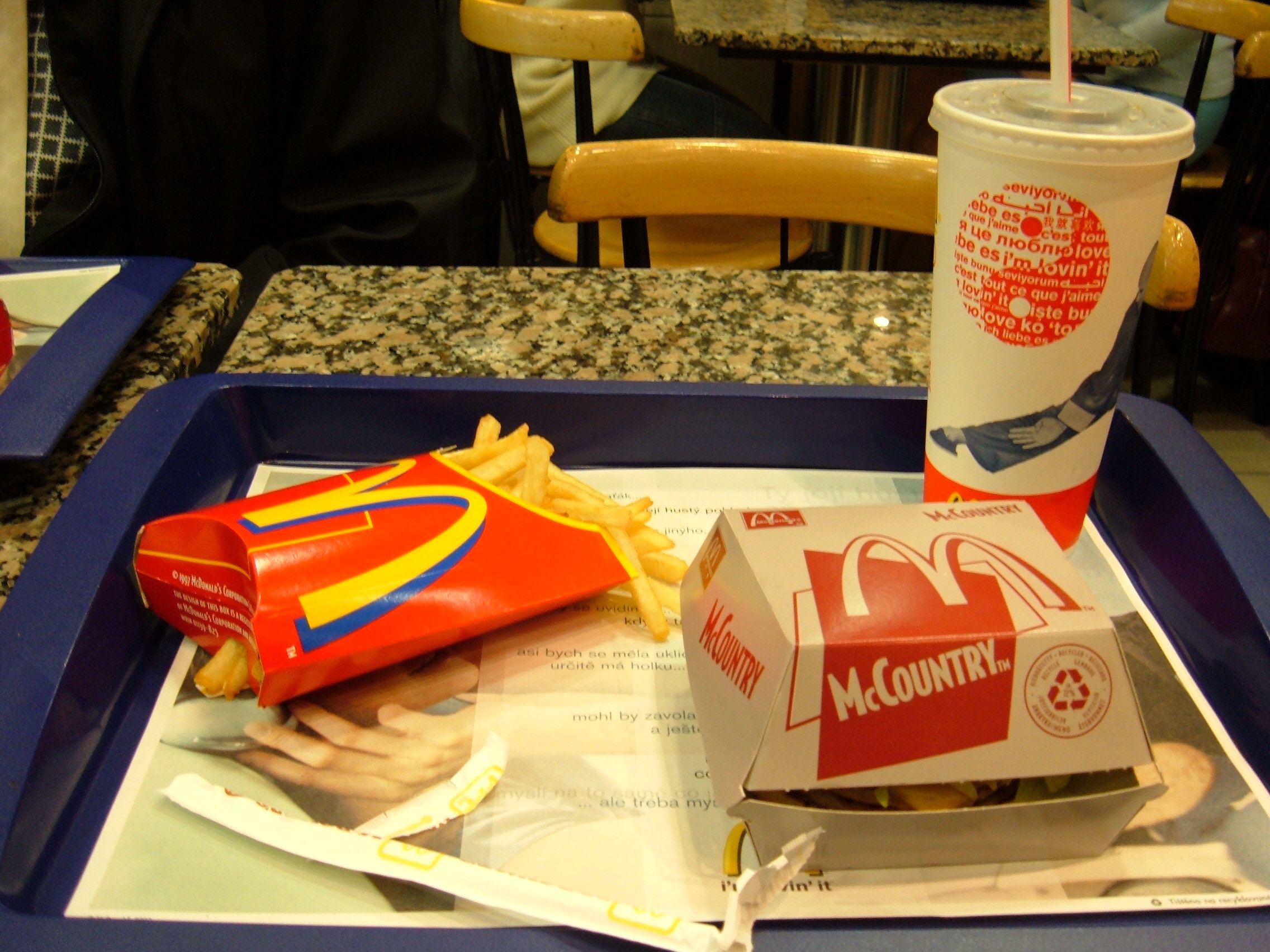
The wellness industry, a sprawling and often opaque domain, has burgeoned into a colossal global enterprise, valued at an astonishing $4.4 trillion in 2020—a figure dwarfing even the worldwide pharmaceutical industry. Yet, beneath its glossy veneer of aspirational health and vital living, there exists a carefully curated beast, frequently driven by the very industries it purports to transcend: weight-loss, pseudo-science, and the often-unqualified pronouncements of social media influencers. This system, in its relentless pursuit of profit, shrewdly preys on our deepest human desires for longevity, beauty, and well-being, exploiting our anxieties about aging and mortality. It skillfully employs ambiguous terminology—words like ‘clean,’ ‘detox,’ and ‘intuitive’—that, while sounding wholesome, effectively shut down critical thinking, leaving ample room for dangerous interpretation and misplaced hope.
This landscape of unchecked claims and often-ambiguous promises creates fertile ground for exploitation, where genuine desires for health can be twisted into avenues for deceit, financial gain, and, in some tragic instances, profound suffering and even death. The allure of quick fixes and ‘natural’ remedies often overshadows the rigorous scrutiny demanded by legitimate medical science, leaving consumers vulnerable to narratives that sound right but lack any substantive basis. As American reporter Rina Raphael, once an acolyte of the wellness industry, discovered through personal experience and professional investigation, many mainstream wellness concepts, despite their ubiquity on social media and celebrity endorsements, possess “very little, if any, scientific [basis].”
It is imperative that we pull back the curtain on the individuals and systems that have leveraged this pervasive culture for illicit gain, illuminating the darker underbelly of an industry that promises much but often delivers little more than financial depletion and heartbreak. This examination is not merely a recounting of scandals but an in-depth analysis of the sophisticated mechanisms of deception that allow such figures to thrive. We delve into specific cases where purported ‘gurus’ have caused immense harm, demonstrating how the very concept of ‘wellness’ can be weaponized against those most in need of genuine care and credible information.

1. **Belle Gibson: The Terminal Cancer Hoaxer**Belle Gibson, an Australian wellness guru, rose to prominence on the strength of a harrowing, yet ultimately fabricated, narrative: she claimed to have healed her terminal cancer by rejecting conventional medicine in favor of a regimen of ‘clean’ eating, rigorous exercise, and natural remedies. Her story resonated deeply with many, particularly those grappling with serious illness, offering a seductive vision of self-empoweration through alternative practices. This carefully constructed persona allowed her to rapidly build a formidable empire, which included a highly successful cookbook and a popular app, both disseminating her lifestyle advice and healthy recipes to a trusting audience hungry for hope.
However, Gibson’s empire was built on a foundation of lies, making her one of the most egregious offenders in the wellness sphere. She shamelessly preyed on vulnerable cancer-sufferers, not only by providing false hope but by actively encouraging patients to abandon their prescribed medical treatments in favor of her unproven methods. To compound her deceit, Gibson also pocketed significant funds that she had publicly claimed were being raised for cancer research, betraying the trust of her donors and diverting resources from legitimate causes. The full extent of her fraud eventually came to light, leading to her being fined for breaching consumer laws, though she has yet to pay the penalty, a stark reminder of the financial and ethical breaches involved.
In a concerning testament to the enduring appeal of such deceptions, Gibson was recently discovered to be writing under the pseudonym Harry Gibson, still promoting outlandish health claims. Under this new guise, she advocated for a fasting regimen and enema teas, asserting that these practices not only led to weight loss and healed tooth cavities but even changed her eye color in under two weeks. This resurgence underscores the persistent danger of unqualified individuals propagating misinformation and exploiting the public’s desire for miraculous, effortless transformations, particularly when it targets deeply held beliefs about health and appearance.

2. **Joshua Stevens: The Ayahuasca Ceremony Tragedy**The story of Joshua Stevens from Canada serves as a chilling cautionary tale regarding the unregulated and often perilous world of spiritual and wellness retreats, particularly those involving potent psychoactive substances. Stevens traveled to Iquitos, a Peruvian jungle city, to attend an ayahuasca ceremony, hoping to find a remedy for a skin condition. Ayahuasca, a powerful hallucinogenic brew, is often touted for its spiritual and healing properties, yet its use in uncontrolled environments, without proper medical or psychological supervision, can lead to unpredictable and tragic outcomes.
During the ceremony, a horrifying incident unfolded when Stevens fatally stabbed Unais Gomes, a 26-year-old Cambridge-educated British engineer. Eyewitnesses reported that Gomes became severely agitated shortly after consuming the tea. According to Stevens’s account, Gomes aggressively confronted him, grabbing him by the neck and slowly strangling him, while repeatedly uttering, “Brother you are Yahweh, it’s time for your demons to come out.” Stevens managed to break free and escape into the kitchen, but Gomes followed, picking up a knife, leading to a subsequent struggle that culminated in Stevens fatally stabbing Gomes. This incident vividly illustrates the extreme dangers inherent in unmoderated spiritual practices and the profound psychological vulnerabilities that can be exacerbated by powerful plant medicines when mismanaged.
Further adding to the tragic narrative, Gomes had sent a text to his girlfriend days before his death, expressing his profound discomfort: “I ran away from the retreat. Bad experience. Crazy here. I don’t like it. It’s just the place I went to doesn’t feel right. I am going to the mountains.” Yet, while in Lima, Gomes was contacted by Joshua Stevens, who persuaded him to return to the retreat by claiming that a “powerful shaman,” Javier Arevalo, had arrived to “clean the place up” and that Gomes should continue his treatment. This sequence of events highlights the manipulative tactics that can be employed within such environments, drawing individuals back into situations they instinctively feel are unsafe, often with devastating consequences for all involved.
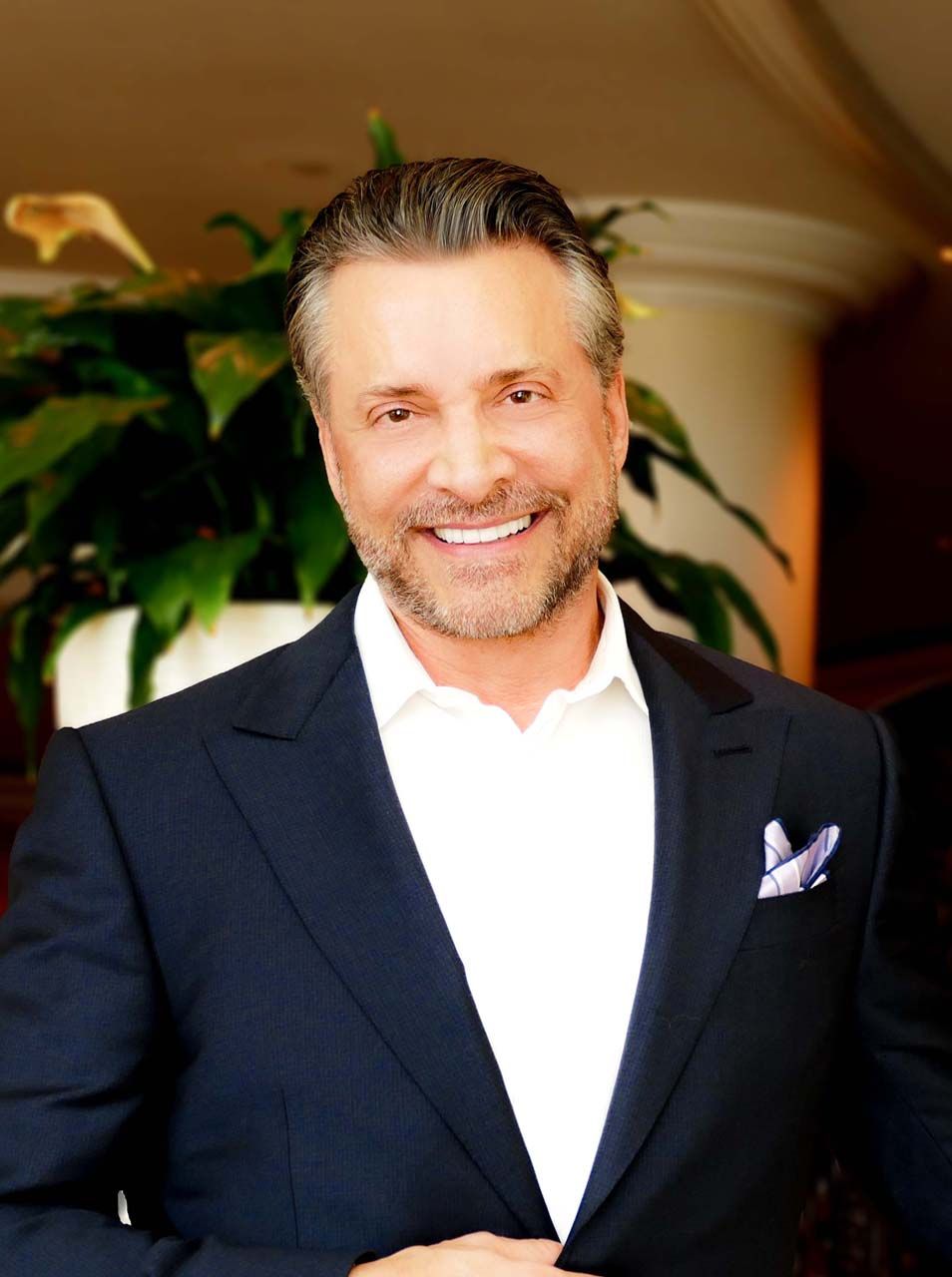
3. **James Arthur Ray: The Deadly Sweat Lodge**James Arthur Ray embodied the archetypal charismatic guru, drawing over fifty individuals into a makeshift sweat lodge in Sedona, Arizona, with the chilling advice that ‘surrendering to death is to survive it.’ This extreme ritual was the culminating event of a week-long retreat in 2009, for which attendees paid nearly ten thousand dollars each, lured by promises of profound transformation and financial success through a series of practices that included fasting, meditation, and head-shaving. Ray cultivated a god-like persona, instructing his followers to play dead as a symbolic act of rebirth, leveraging deeply spiritual concepts for his own dubious ends.
Ray’s method involved a patchwork of cherry-picked information, ranging from physics to shamanism, all woven together to sell his message of ‘harmonic wealth.’ However, his credentials to conduct such a dangerous ceremony were non-existent, a critical lapse that proved fatal. His profound lack of qualification to oversee a sweat lodge ritual, an activity with serious health risks if not properly managed, directly led to the deaths of three people during the ceremony. This tragedy brought into sharp focus the immense responsibility assumed by wellness leaders and the catastrophic consequences when that responsibility is undertaken without genuine expertise or care.
Following the deaths, Ray was convicted of three counts of negligent homicide and subsequently served two years in prison. Yet, even after such a severe legal reckoning and the undeniable human cost of his actions, Ray has made attempts to resurrect his public profile and regain his guru status, as chronicled in the documentary ‘Enlighten Us.’ This ongoing endeavor to reclaim influence, despite a history of fatal negligence, underscores the persistent danger posed by individuals who, driven by ego and financial ambition, continue to peddle unproven and potentially lethal practices under the guise of enlightenment and wellness.

4. **Shu Yuhi: The Herbal Cancer-Cure Deception**Shu Yuhi masterminded an enormous empire, valued at an staggering 19.2 billion yuan (approximately $2.82 billion), built upon a foundation of dubious wellness products. His company peddled a range of items, from magnetic insoles to “negative-ion” sanitary pads, all marketed with promises of health benefits that lacked any scientific validation. This vast financial success underscored the immense profitability of the wellness industry and the ease with which unproven products can capture a significant market share when packaged with appealing, albeit false, claims.
The scale of Shu’s deception came crashing down in December 2019 when police launched an investigation into his company. The catalyst was the discovery that they had brazenly exploited the image and medical history of a four-year-old girl to promote their supposed herbal cancer-cure. The company’s advertisement audaciously claimed that the girl’s cancer had miraculously improved after she began using Shu’s products. In truth, the heart-wrenching reality was that the child had tragically died shortly after consuming these very same remedies. This egregious act of fabricating a medical success story from a child’s suffering epitomized the predatory nature of their business model.
The ensuing investigation resulted in the detention of eighteen suspects, including Shu Yuhi himself, on a range of serious charges stretching from false advertising to orchestrating a pyramid scheme. This case serves as a stark illustration of how the pursuit of wellness, when detached from ethical responsibility and scientific rigor, can devolve into criminal exploitation. It highlights the systemic risks within an industry where the line between legitimate health support and dangerous fraud can become perilously blurred, particularly when preying on the hopes of desperate individuals and their families.

5. **Gerhard Hanswille: The ‘Super-Baby’ Tragedy**Gerhard Hanswille, operating two “House of Herbs” stores in Toronto during the 1980s, positioned himself as an authority on healing, going so far as to author a book describing how to cure serious conditions like diabetes, epilepsy, tuberculosis, tumors, and paralysis through “touchless massage.” His claims, entirely unsubstantiated by medical science, nevertheless held sway over impressionable individuals seeking alternative solutions to complex health problems. This established a dangerous precedent, allowing him to dispense advice that directly contradicted conventional medical wisdom.
Hanswille’s influence proved catastrophic for Sonia and Khachadour Atikian, whom he convinced that they could transform their daughter, Lorie, into a ‘super-baby’ through his recommended products and practices. These included a pricey $400 juicer, touted for its ability not to “burn the nutrition” out of fruit, and a variety of herbal concoctions. When Lorie became gravely ill, Hanswille’s intervention escalated; he treated the child with royal jelly and “cell salts,” advising against hospital care. In a chilling display of medical gaslighting, he explicitly told the Atikians that taking their baby to the hospital would be tantamount to killing her, effectively trapping them in a cycle of dangerous, unproven treatments.
Tragically, Lorie died under Hanswille’s care. Following her death, the Atikians were charged with failing to provide the necessaries of life for their daughter, facing legal repercussions for acting on the very advice that proved fatal. In a deeply disturbing twist of justice, Hanswille himself was not charged, highlighting a profound loophole in accountability when self-proclaimed wellness experts operate outside the regulatory frameworks of conventional medicine. This case remains a painful reminder of the persuasive power of pseudo-science and the devastating real-world consequences for those who fall victim to it, underscoring the urgent need for greater oversight and consumer protection.
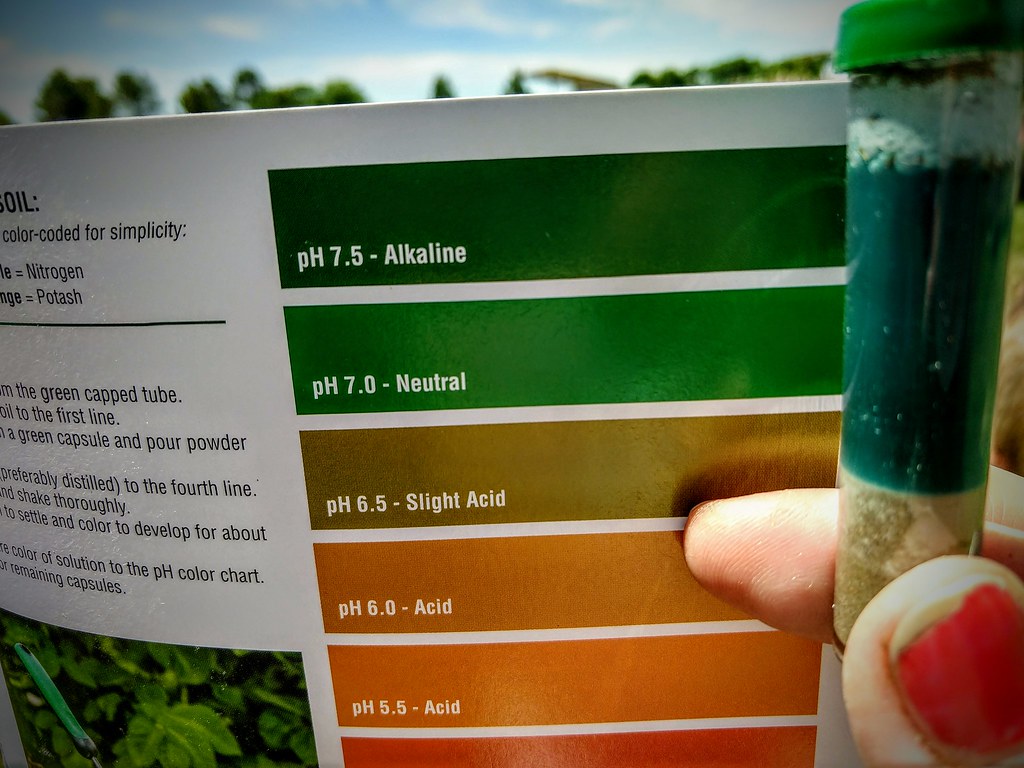
6. **Robert O. Young: The ‘pH Miracle’ Fraud**Robert O. Young built a significant career on a foundation of fabricated credentials, falsely claiming titles such as microbiologist, medical doctor, hematologist, naturopathic doctor, and a trained scientist. These impressive, yet entirely baseless, assertions lent an air of credibility to his alternative medicine empire, centered around his “pH Miracle” diet books. These publications promoted an “alkalarian” lifestyle, advocating for holistic healing principles that he asserted could revolutionize health by balancing the body’s pH levels—a concept widely rejected by mainstream medical science as oversimplified and unsupported.
Young’s prominence surged following his appearances on The Oprah Winfrey Show, where he notably claimed to have cured Kim Tinkham of breast cancer. This high-profile endorsement provided a powerful platform for his theories, giving them an undeserved patina of legitimacy. However, the tragic truth emerged shortly afterward when Tinkham died of her disease, directly refuting Young’s public declarations of a miracle cure. This incident starkly demonstrated the danger of celebrity endorsements lending credence to unproven medical interventions, especially for vulnerable individuals battling life-threatening conditions.
Beyond his books and media appearances, Young also operated a “pH Miracle Retreat,” where chronically ill patients, desperate for solutions, were charged exorbitant fees—up to $50,000 for treatments that included lodging, meals, supplements, and unproven intravenous therapies. His fraudulent credentials were eventually exposed, leading to his arrest in 2014 and a subsequent 18 felony charges related to practicing medicine without a license and theft. The case of Robert O. Young is a damning indictment of the exploitation inherent in the wellness industry, where elaborate deceptions, false hope, and significant financial burdens are placed upon those seeking genuine health and healing, often with fatal outcomes.
Having explored the profound dangers posed by individual ‘gurus’ and their deceptive enterprises, it becomes clear that the wellness industry’s architecture of exploitation extends far beyond charismatic personalities. Hidden beneath the glossy packaging and aspirational marketing lies a sophisticated arsenal of tricks designed to manipulate consumer trust and obscure genuine scientific evidence. These pervasive claims and tactics, often subtly interwoven into our daily interactions with health products, contribute significantly to the industry’s colossal $4.4 trillion valuation, all while subtly eroding our capacity for critical thinking.
Let us now dissect these common deceptions, pulling back the curtain on the marketing wizardry that frequently promises more than it can deliver, compelling us to make decisions that are not always in our best interest. By understanding these subtle mechanisms, consumers can better arm themselves against the allure of quick fixes and unverified claims, fostering a more discerning approach to personal well-being. This deeper analysis reveals how generalized skepticism can be overcome by carefully constructed narratives and clever rhetorical devices.

8. **The “All Natural” Label Illusion**The phrase “all natural” often evokes images of purity and wholesomeness, implying a product free from artificial additives or harmful chemicals. However, within the vast and largely unregulated landscape of the health and wellness industry, this seemingly benign label is, in reality, a marketing term devoid of any strict, legally defined meaning. Companies are permitted to affix this label to an astonishing variety of products, some of which contain highly processed ingredients, common allergens, or even synthetic chemicals, as noted by The Candidly.
This lack of concrete regulation allows brands to strategically employ “all natural” as a powerful persuasive tool, skillfully guiding consumers toward products perceived as healthier without necessarily substantiating the claim with transparent ingredient lists. The intent is often to bypass critical scrutiny, fostering an emotional connection based on an idealized notion of what ‘natural’ represents. Consequently, the onus falls heavily on the consumer to look beyond the enticing front-of-package messaging.
To navigate this deceptive terrain effectively, it is paramount to cultivate a habit of diligently scrutinizing the ingredient list rather than relying solely on front-label assertions. If a product’s detailed composition reveals unpronounceable chemicals or components that are clearly not derived from a natural source, the “all natural” claim should be recognized for what it often is: a clever sales pitch designed to obscure a less-than-ideal reality. Such vigilance empowers individuals to make truly informed choices, disentangling genuine health benefits from marketing artifice.
Read more about: The Hidden Dangers Lurking on Your Shelves: Unmasking the Lethal Reality of Over-the-Counter Supplements Amidst a Crisis of Regulation
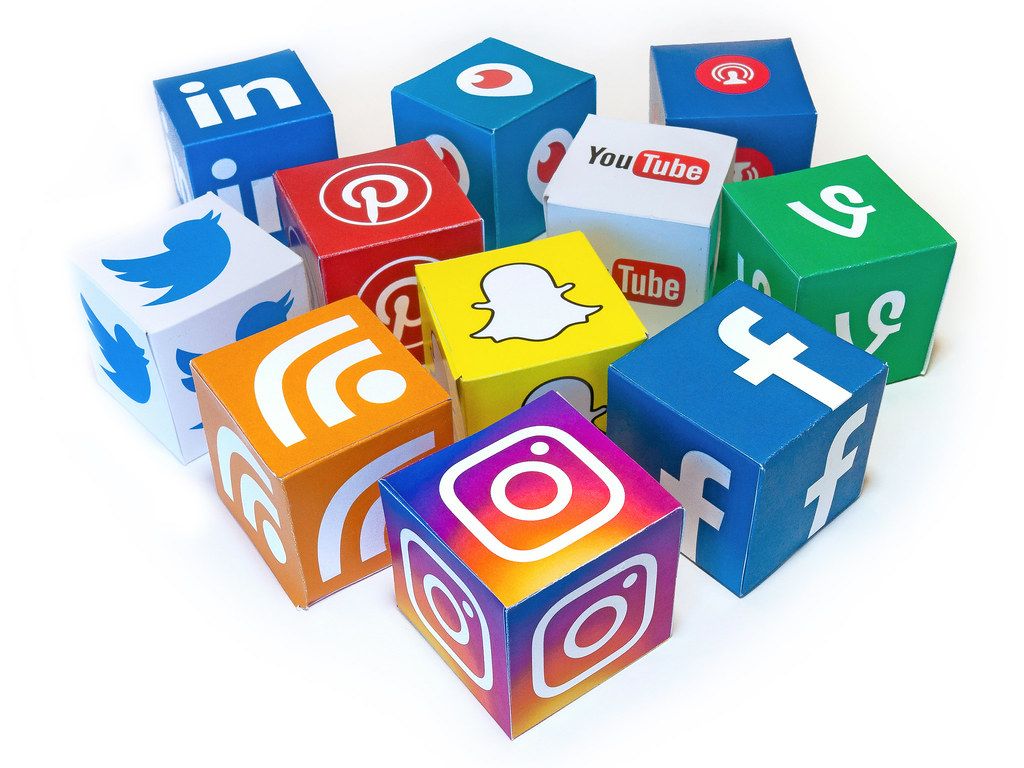
9. **The Social Proof Smoke Screen**In our hyper-connected digital age, the appearance of widespread endorsement, often manifested as thousands of five-star reviews or glowing testimonials, can wield immense power in influencing purchasing decisions. This phenomenon, known as ‘social proof,’ creates a potent illusion of credibility, making a product seem like an indisputable success. Yet, the unfortunate reality is that a significant portion of these endorsements are far from genuine; they may be purchased, fabricated, or meticulously curated to suppress negative feedback, as highlighted in a pertinent LinkedIn article.
Companies are acutely aware of social proof’s persuasive capabilities, leading them to engage in various unethical practices to manufacture or inflate positive sentiment. This can range from incentivizing favorable reviews with discounts or free products to creating entirely fictitious accounts, or even strategically cherry-picking only the most laudatory testimonials for prominent display on their own platforms, effectively silencing dissenting voices. Such practices exploit a fundamental human tendency to trust the wisdom of the crowd, even when that crowd is artificially constructed.
When evaluating health and wellness products, a crucial safeguard involves seeking out reviews on independent platforms and cultivating a keen eye for patterns that suggest artifice. An overwhelmingly perfect consensus of praise, devoid of any nuanced or critical feedback, should immediately raise a red flag. Digging deeper and diversifying sources of information is essential to discern authentic consumer experiences from cleverly orchestrated marketing campaigns, thereby protecting oneself from being misled by a manufactured consensus.
Read more about: Lost Legends: 14 Wild Classic Car Features Automakers Left Behind Forever
10. **The Overpriced “Superfood” Fad**The wellness industry has a peculiar knack for elevating certain foods to an almost mythical status, branding them as “superfoods” and attributing to them extraordinary, sometimes even miraculous, health benefits. Ingredients like exotic acai berries, potent goji berries, or a dizzying array of powdered concoctions are frequently presented as indispensable for optimal health, inevitably accompanied by a super-sized price tag, as elucidated by a Medium article. While many of these foods possess genuine nutritional value, their purported superiority over more common, affordable alternatives is often exaggerated.
Marketers skillfully craft narratives around these ‘superfoods’ by selectively citing scientific studies or making sweeping, unsubstantiated claims about their antioxidant properties, unique nutrient profiles, or esoteric healing powers. The primary objective behind this strategy is to justify exorbitant pricing, creating an illusion of exclusivity and potent efficacy that far outstrips their actual comparative benefits. In truth, the very same nutritional advantages can often be derived from readily available, everyday produce found at any local grocery store.
There is no inherent need to succumb to the pressure of splurging on the latest trendy superfood, nor should one feel compelled to incorporate them into a daily regimen. A genuinely balanced diet, rich in a diverse array of colorful fruits and vegetables—such as blueberries, spinach, or sweet potatoes—offers comparable and often superior nutritional benefits. This sensible approach provides a more sustainable and economically prudent path to well-being, demonstrating that optimal health need not be contingent on expensive, hyped commodities.
Product on Amazon: TMKEFFC Smoke Gun Filter Screens 50 PCS Set Metal 0.78 Inches for Portable Smoker Gun Smoking Infuser or Tobacco and Hookah Water Pipe
Brand: TMKEFFC
Binding: Kitchen Product Group: Lawn & Patio
Price: 9.99 USD
Rating: 4.5 Total reviews: 172
Power Source: Hand Powered
Color: W-Nets
Outer Material: Stainless Steel
Item Weight: 4.54 g
Product Dimensions: 0.8″D x 0.8″W x 0.8″H
Inner Material: stainless steel
Fuel Type: Wood Chips
Manufacturer: TMKEFFC
Features:
1. 50 PCS Stainless Steel Mesh Screen: Made of 304 stainless steel, sturdy and not easy to rust, easy for using, cleaning and sterilizing, last longer
2. Smoking Pipe Screens Dimension: 0.78 or 3/ 4 inch in diameter, universal shape and size, suitable for most smoker gun. (Please make sure the screen’s size of your smoke gun before purchase)
3. Helpful For Smoking Pipe: Prevent the hot ash and embers from entering the pipe or inside the smoke gun, making the pipe easier to clean
4. Useful For Smoking Enthusiast: Effectively allow free flow of smoke and air while keeping dirty, harmful ash from pulling through your smoking gun or pipe
5. Perfectly Cut And Clean Round Edges: Thicker than ordinary pipe screen, but is flexible and easily fits into your smoking infuser or pipe. (PS: You can contact us or our brand team for an E-Book of some smoking recipes)
Shopping on Amazon >>
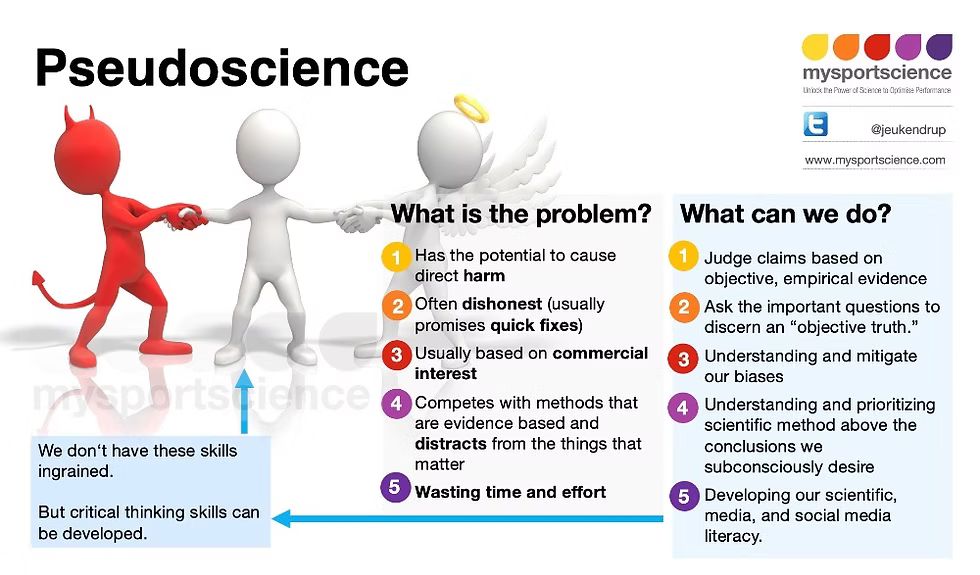
11. **The Pseudoscience Jargon Jungle**A particularly insidious tactic within the wellness industry involves cloaking products in a dense thicket of scientific-sounding jargon, designed to impress and intimidate rather than genuinely inform. Terms like “bioavailable peptides,” “quantum healing,” or “activated oxygen molecules” are frequently deployed, creating an aura of cutting-edge scientific legitimacy around items that often lack any verifiable scientific basis. While these phrases may sound sophisticated and profound, they frequently function as little more than smoke and mirrors.
Companies strategically leverage complex terminology to imbue their products with an undeserved sense of authority and credibility, knowing that such language can effectively shut down critical inquiry, particularly when the underlying science is tenuous or nonexistent, a pattern reported by 1News. In many instances, these terms are either deliberately invented, grossly misapplied, or extrapolated from legitimate scientific concepts in a way that is utterly misleading. The goal is to confuse consumers, creating a perceived scientific rigor where none truly exists.
When confronted with a deluge of such jargon, it becomes imperative to pause and seek clarification from independent, reputable sources. If a clear, concise, and scientifically sound explanation for the purported mechanisms or benefits cannot be readily found, it serves as a strong indicator that the product’s promises may reside more in the realm of fiction than fact. Critical scrutiny of these linguistic deceptions is essential to distinguish between genuine scientific advancement and mere rhetorical embellishment.
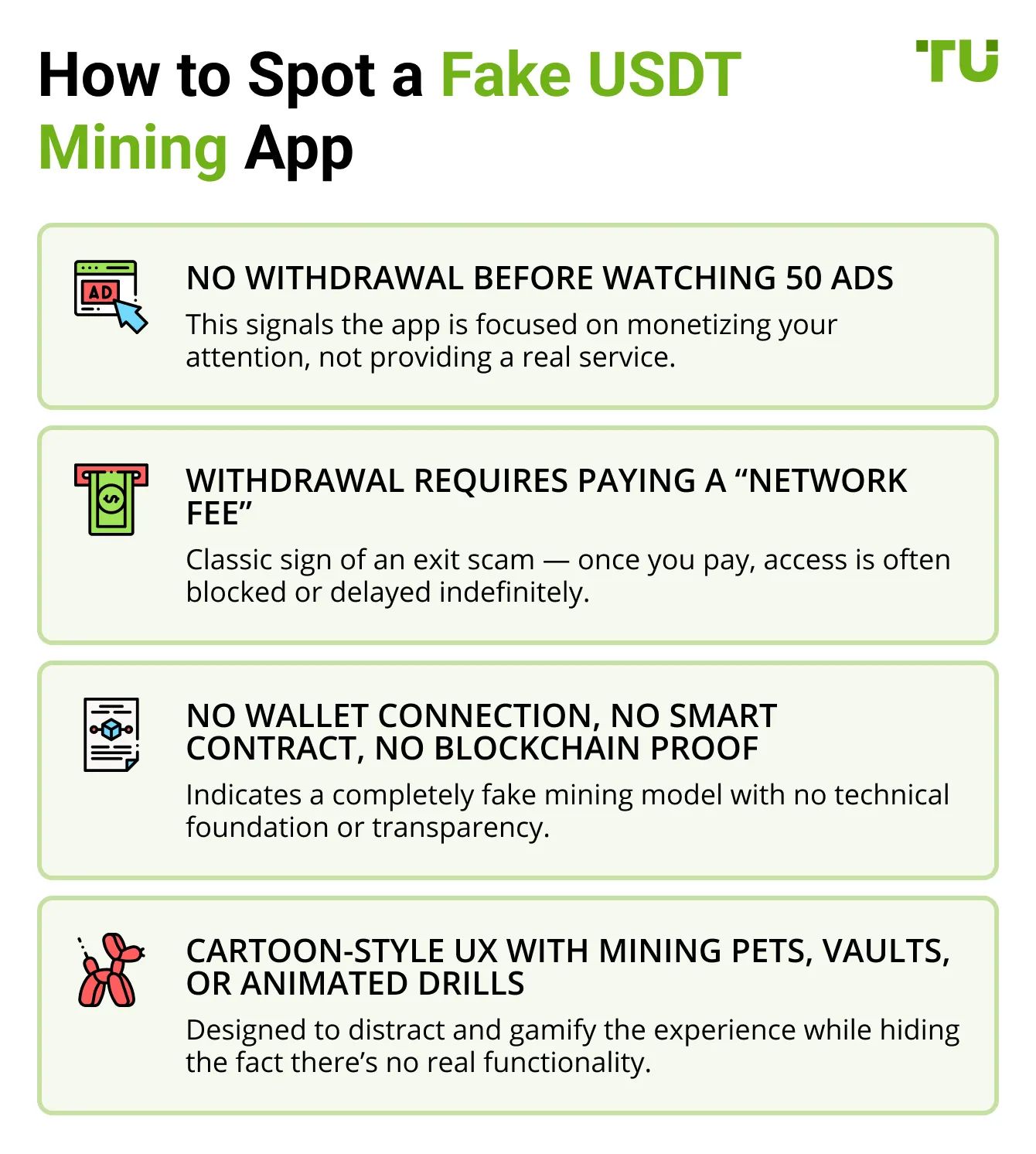
12. **The Subscription Trap Disguised as a Free Trial**The allure of a “risk-free” trial for a new supplement or an innovative fitness application can be undeniably strong, presenting itself as a harmless opportunity to test the waters before committing to a purchase. However, beneath this seemingly generous offer often lurks a meticulously constructed subscription trap, one that can be notoriously difficult to escape. A thorough reading of the fine print frequently reveals that the act of initiating a “free” sample inadvertently enrolls the consumer into an ongoing subscription that automatically bills them after a tight, often unforgiving, trial window.
Many companies deliberately complicate the cancellation process, transforming what should be a straightforward transaction into a frustrating labyrinth. Consumers might find themselves navigating limited customer service hours, enduring lengthy phone calls, or making multiple attempts to sever ties, all designed to make the path of least resistance seem like simply accepting the recurring charges. This manipulative approach preys on consumer inertia and the busy schedules of modern life, ensuring a continued revenue stream long after initial interest may have waned.
Therefore, before providing any payment information for a seemingly innocuous “free” sample, it is absolutely essential to meticulously review the terms and conditions. Any offer that makes the cancellation process appear more arduous than undertaking a significant physical challenge should be viewed with extreme caution. Prioritizing vigilance and exercising due diligence in these instances can save not only financial resources but also considerable time and aggravation, preventing unwitting enrollment in unwanted recurring expenses.
Read more about: Beyond the Headlines: 12 Everyday Scams and Systemic Deceptions We All Need to Recognize

13. **The Miracle Cure for Everything**A significant red flag within the wellness industry is the pervasive claim that a single supplement, device, or regimen possesses the miraculous ability to rectify an exhaustive list of disparate health ailments. From promising simultaneous solutions for weight loss and insomnia to reversing the signs of aging, these “cure-all” assertions are, as Inna Consulting rightly states, a clear indication of deceptive marketing. The fundamental truth of human physiology dictates that no singular product can genuinely address such a wide and unrelated spectrum of complex health issues.
Marketers expertly tap into the deeply ingrained human desire for simple, effortless solutions to complex, often distressing, health problems. By making grandiose promises of comprehensive healing, they endeavor to divert attention from the conspicuous absence of rigorous scientific evidence or the potential for adverse side effects. This strategy capitalizes on hope and vulnerability, encouraging consumers to suspend disbelief in the face of unrealistic expectations, thereby leading them to overlook critical warning signs.
A discerning approach necessitates an immediate and profound skepticism toward any product that boasts such expansive, all-encompassing benefits. Products that profess to be a panacea for virtually every conceivable ailment are, in almost all cases, likely to deliver very little in terms of genuine therapeutic effect. Instead, prioritizing products with focused claims, backed by specific and verifiable evidence, allows individuals to make far more rational and effective decisions about their health and well-being.
Read more about: Untamed Beasts: Unmasking the Most Dangerously Potent Muscle Cars Ever Unleashed on Public Roads

14. **The Celebrity Endorsement Mirage**The glittering appeal of a celebrity’s endorsement can transform an obscure wellness product into a must-have item almost overnight. When a well-known public figure, particularly one admired for their physique or lifestyle, effusively praises a supplement or wellness gadget, it is incredibly tempting for consumers to accept it as a verifiable seal of authenticity and efficacy. However, this seemingly genuine testimonial often has less to do with actual results and far more to do with lucrative contractual agreements.
Celebrities, for all their influence, are rarely qualified experts in fields such as nutrition, biochemistry, or medical science. Their public declarations of success are frequently the result of carefully orchestrated scripts, extensive coaching by marketing teams, or even the selective presentation of their experiences, rather than an objective assessment of the product’s merits. The substantial fees paid for these endorsements are a clear indicator that the celebrity’s role is primarily promotional, creating a powerful but often misleading aspirational link.
Rather than allowing oneself to be swayed by the dazzling but ultimately superficial allure of celebrity endorsement, it is crucial to seek out and prioritize unbiased expert opinions and robust scientific evidence. Engaging with qualified healthcare professionals and consulting peer-reviewed research offers a far more reliable pathway to informed decisions than relying on a star’s word. Ultimately, the purchase should be based on the product’s proven value, not on the aspirational lifestyle it is temporarily associated with.
Product on Amazon: Miracle Cure Intensive Strength Treatment – 45087 by Sally Hansen for Unisex – 0.45 oz Nail Treatment
Brand: Sally Hansen
Binding: Health and Beauty Product Group: Beauty
Price: 8.99 USD
Item Form: Cream
Liquid Volume: 13.3 Milliliters
Specialty: Strengthening
Number of Items: 1
Features:
1. Advanced nail treatment: address severe nail issues with this innovative formula, designed to strengthen and repair damaged nails for healthier, more resilient tips
2. Intensive care: say goodbye to brittle, weak nails with this miracle cure, formulated with nourishing ingredients to promote growth and restore vitality to problem nails
3. Visible results: witness dramatic improvements in nail condition with regular use, as this treatment works to fortify nails, prevent splitting, and promote a smoother, more even appearance
4. Easy application: the convenient nail polish format makes it simple to apply this treatment as part of your regular nail care routine, ensuring consistent and effective results
5. Universal solution: suitable for both men and women, this unisex nail treatment offers relief for a variety of nail concerns, from brittleness to peeling and beyond.
Shopping on Amazon >>
Read more about: Zohran Mamdani’s Unprecedented Rise: From Queens Activist to NYC Mayoral Nominee and Trump’s Self-Declared ‘Worst Nightmare’
The journey through the intricate and often treacherous landscape of the wellness industry reveals a sobering truth: while the promise of vitality and holistic health is perpetually dangled, the reality for many consumers is a costly entanglement with unproven claims and deceptive practices. From the outright fraud of the ‘gurus’ who exploit vulnerabilities for profit, to the subtle marketing ‘tricks’ that erode critical thinking, the industry’s darker secrets demand our unwavering attention and a commitment to informed skepticism. It is only through such vigilance that we can truly safeguard our health and financial well-being against those who seek to capitalize on our deepest desires for a better life. The call for more science and less snake oil is not just a plea for transparency; it is an imperative for a healthier, more discerning public. This critical examination, however, does not diminish the genuine pursuit of well-being, but rather aims to purify the path toward it, ensuring that true health is found in evidence and integrity, not in illusion and exploitation.

